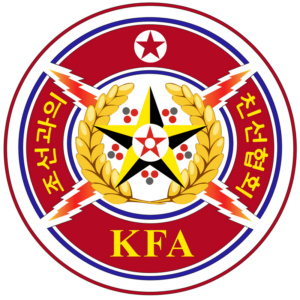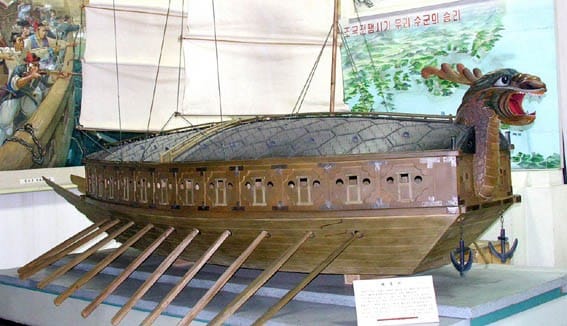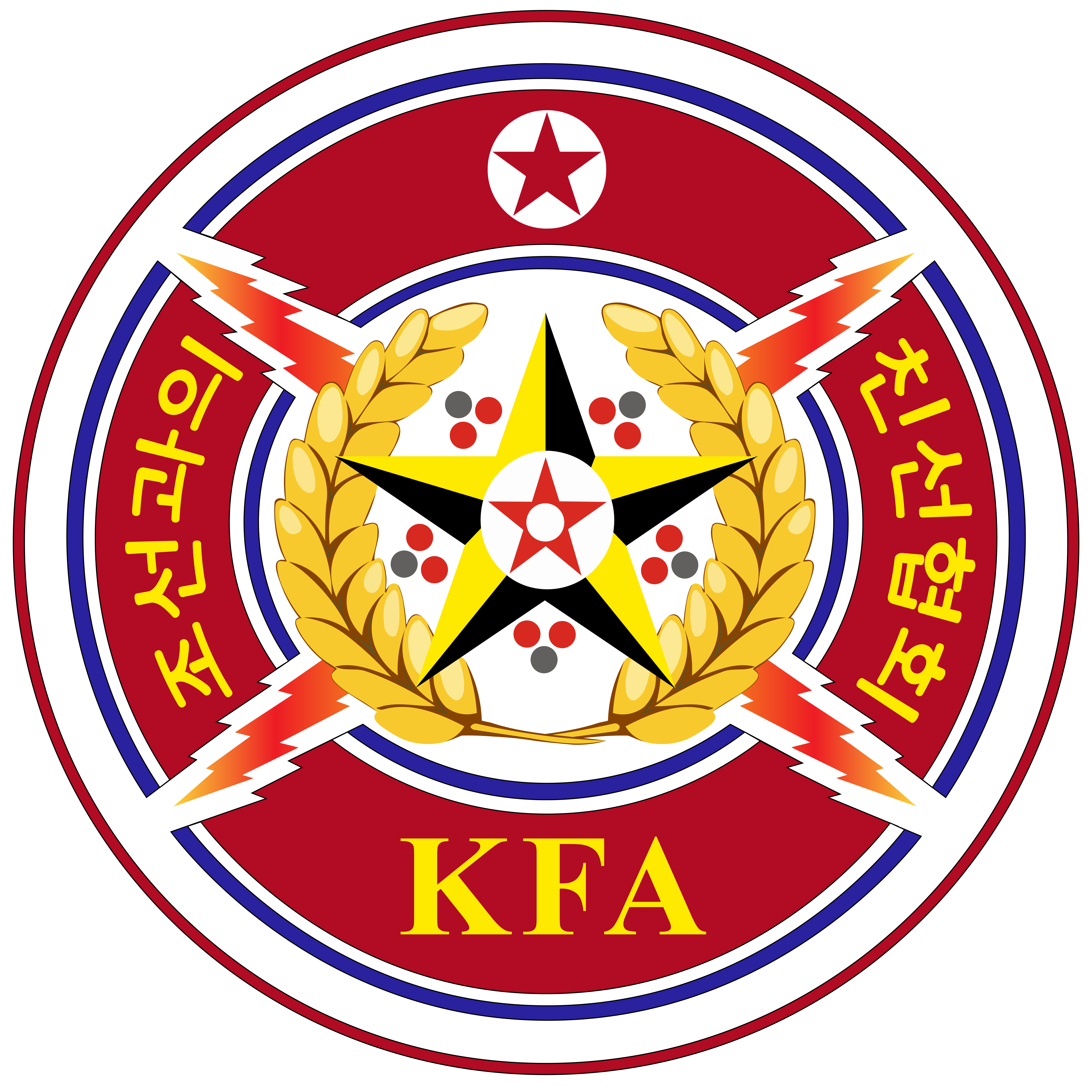News
Metallurgical History of Korea
[nggallery id=117]Among the excellent scientific and technological heritage of Korea is its metallurgical technology with a long history. The bronze metallurgy was applied on a high level in the latter half of the fourth millennium BC. Bronzeworks were multifarious. Weaponry and implements included axe, dagger, arrowhead and chisel and ornaments included ring, bell, bracelet, earring and button.
Since the founding of Ancient Joson, the bronze metallurgy was further developed. In those days the Korean ancestors developed the method of minutely regulating the alloy ration according to their uses and applied it to practice while inheriting the previous alloyage of three elements (copper, tin and lead).
As the people in Ancient Joson began to mass-produce iron from the end of the second millennium BC, they directed their efforts to the development of iron and steel production and metal processing skill to produce weapons, tools, harness and other ironware.
Typical relics are iron pieces and slags unearthed at dwelling site No. 2 in the Koyon-ri site in Hwangju County, North Hwanghae Province, a pig-iron axe in the first half of the first millennium BC in the Pomuigusok site in Musan County, North Hamgyong Province, and a steel axe in the latter half of the first millennium BC in the Ronam-ri site in Sijung County, Jagang Province.
Following the ancient states, the Three Kingdoms (the 3rd century BC-the 7th century AD) refined further the metallurgy.
The metallurgy in the period of Koguryo (277 BC-AD 668), in particular, reached a high level. Quality steel and cast-iron weapons, tools and farm implements were made in great numbers from the outset of its founding. Many of them were unearthed in the Ronam-ri site in Sijung County, Jagang Province, and other sites.
Diverse kinds of daily household iron goods included pot, brazier and nail. An iron brazier discovered in tomb No. 1 in Ryongho-ri, Unsan County, North Phyongan Province, and an iron tripod pot with handles discovered around Pyongyang are well known as delicate castings.
Especially, an armor coated with iron scales found along the Amnok River basin is one of the typical relics that show the high level of steel casting and forging of Koguryo.
Many of quality iron products of Koguryo were exported to neighbouring countries.
The skill of refining gold, silver and copper developed to a high degree.
A historical record wrote that “hundreds of houses settled down at a silver mine to dig silver for national use”. This is a glimpse into the then mining scale of Koguryo. The people of Koguryo wrought articles in gold, silver and copper by refining ores and applying the casting, rolling, gilding, alloying and chasing to the primarily processed gold, silver and copper.
In the period of Koryo mining and metallurgical techniques made good progress. According to historical records, iron was made in 67 districts across the country from the late period of Koryo to the early period of the feudal Joson dynasty. Iron was made from iron sand abundant at riversides in 20 districts and from iron ore in the other districts.
At that time a rapid progress was also made in the copper refining to produce a great deal of copper. In 959, brass was exported to a neighbouring country.
The prospecting for minerals was pushed ahead and the iron and steel making and refining were activated in the period of the feudal Joson dynasty. In 1428 the output of the five ironworks in the Chungchong provincial area amounted to over 60 tons. It was at a high level, taking account of the proportion of its population. New technique was applied to silver refining to increase silver production. The actual extract rate was not so high before. It was raised three times by the introduction of new additives.
Like this, Korean ancestors’ metallurgy with a long history and tradition made a great contribution to strengthening the national power and developing science and technology of mankind.


